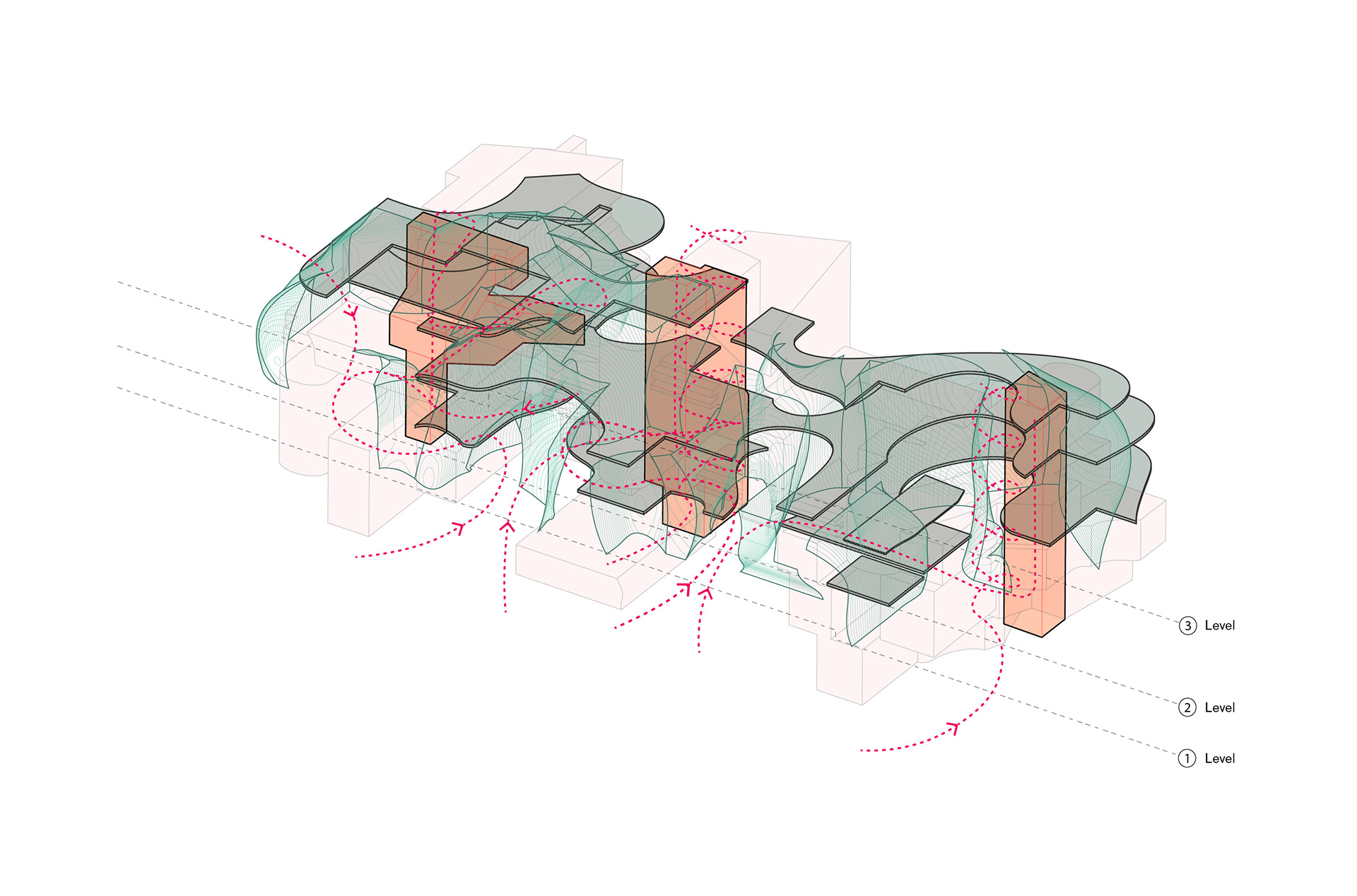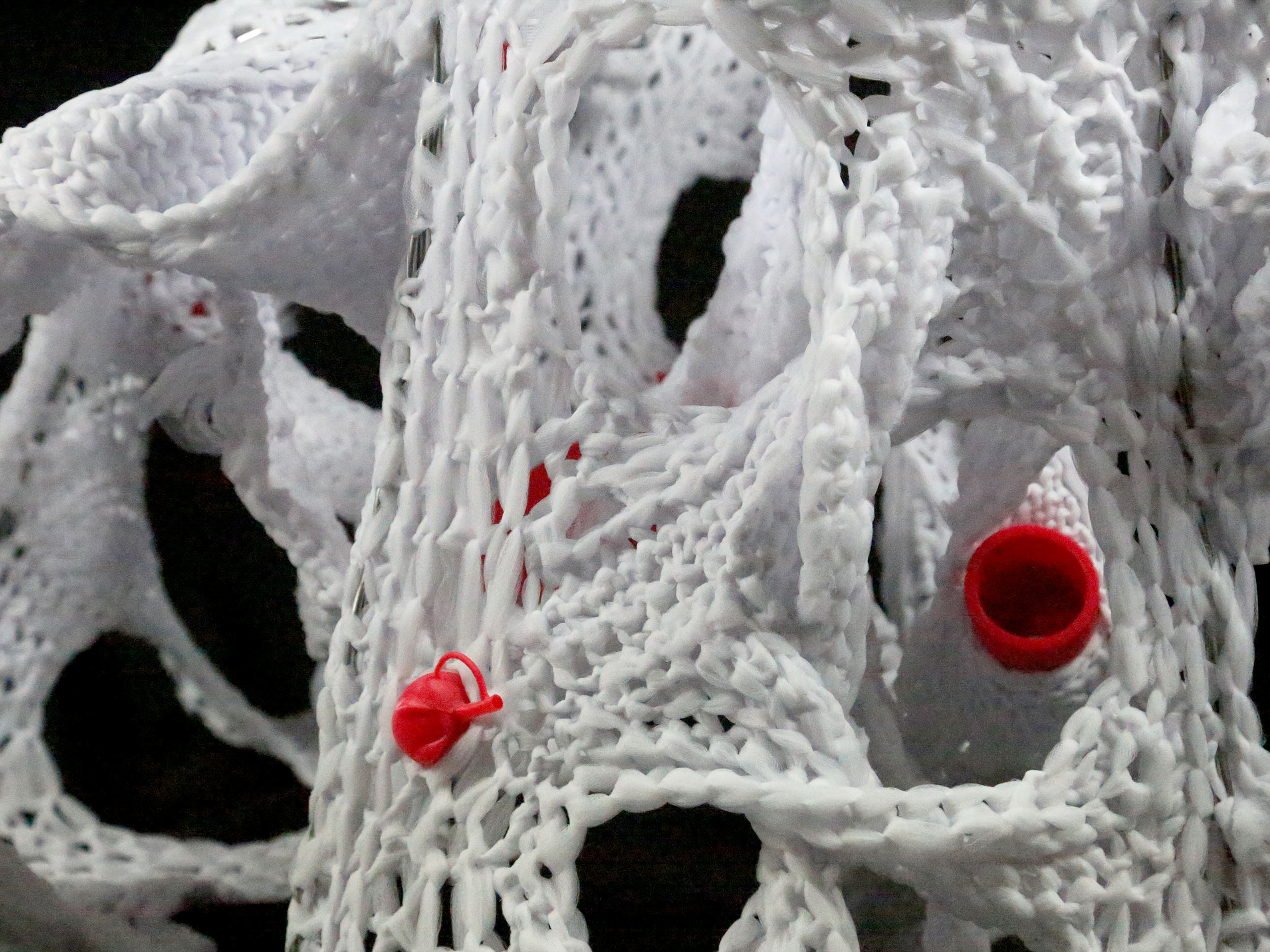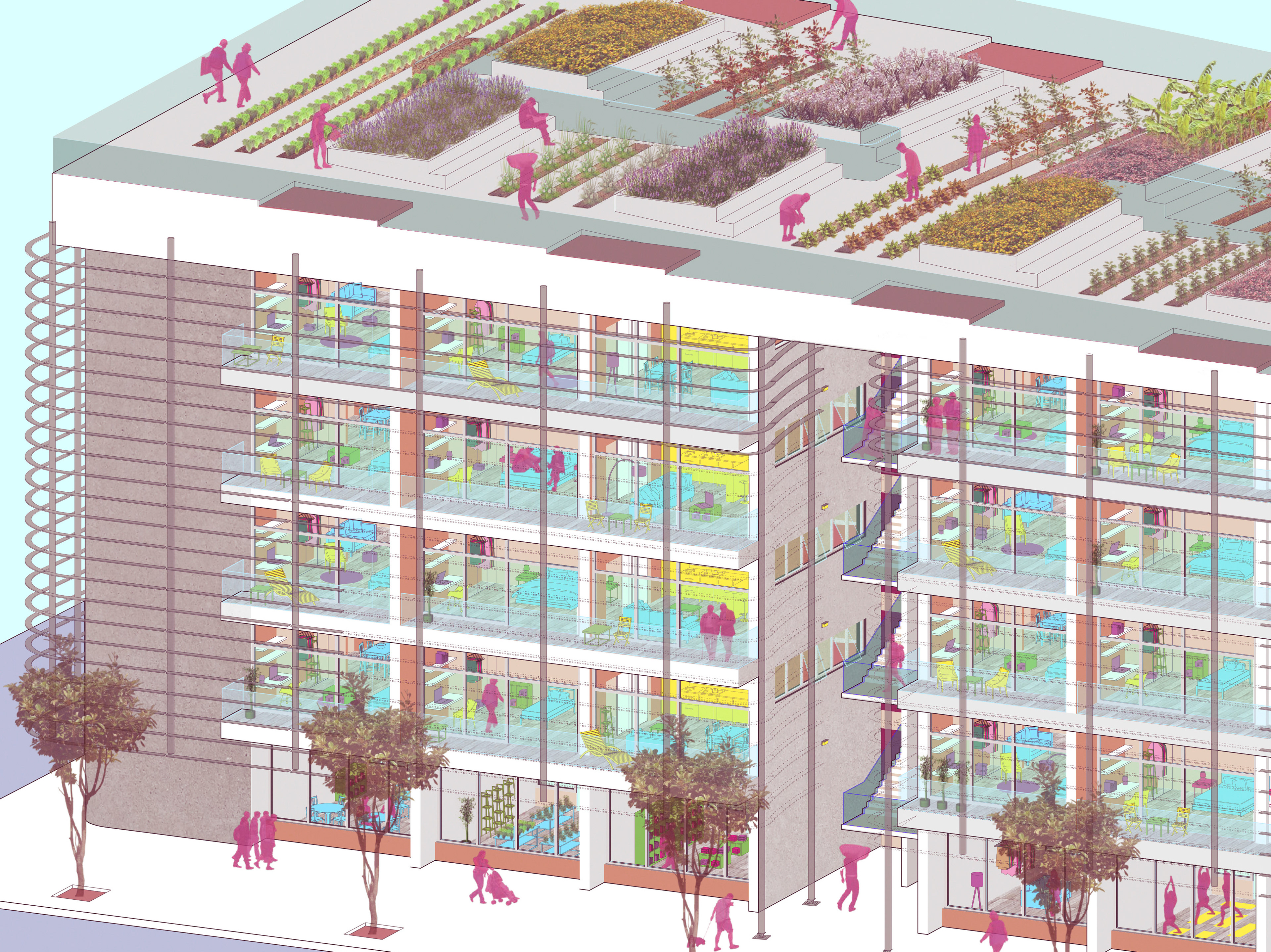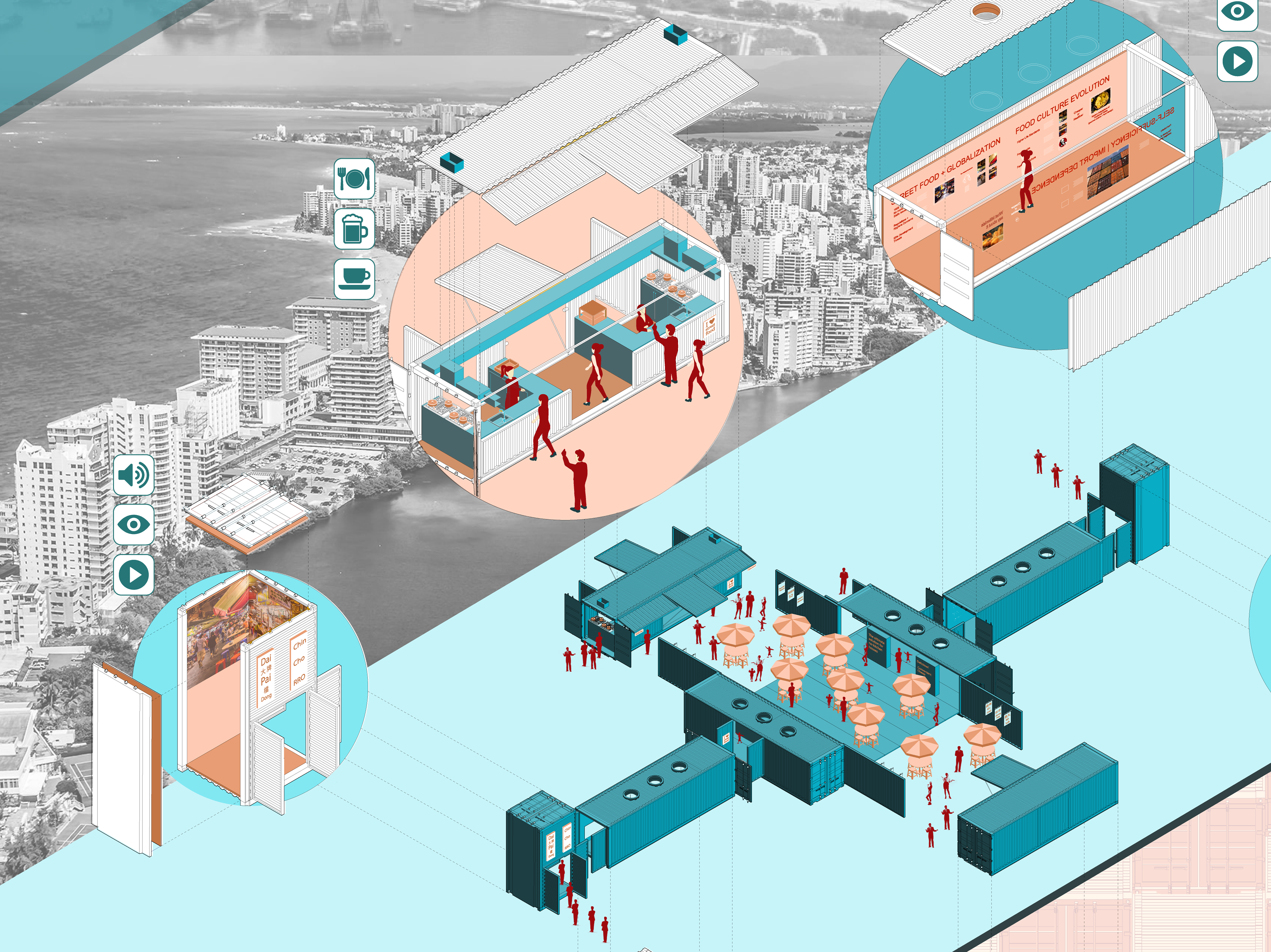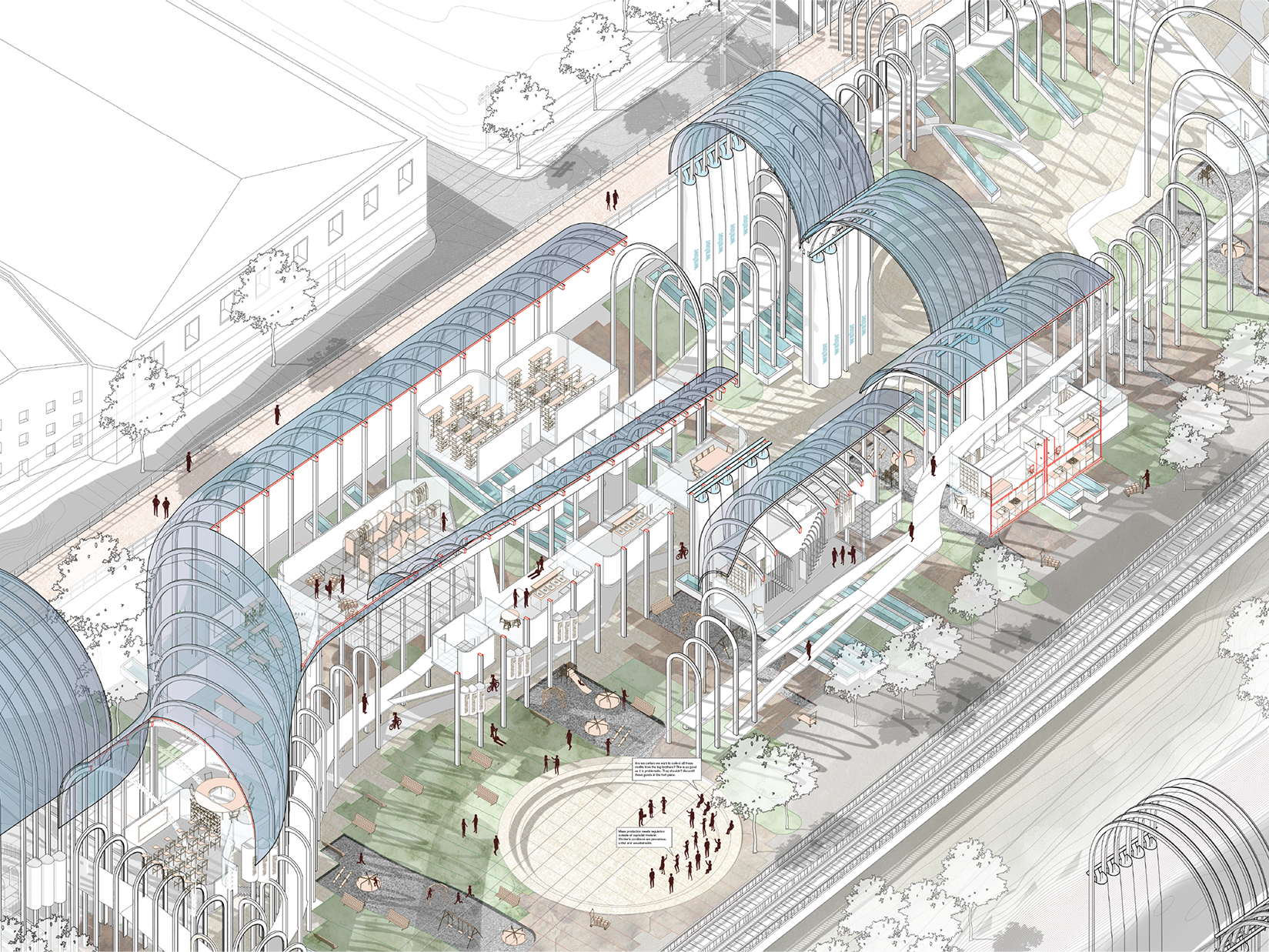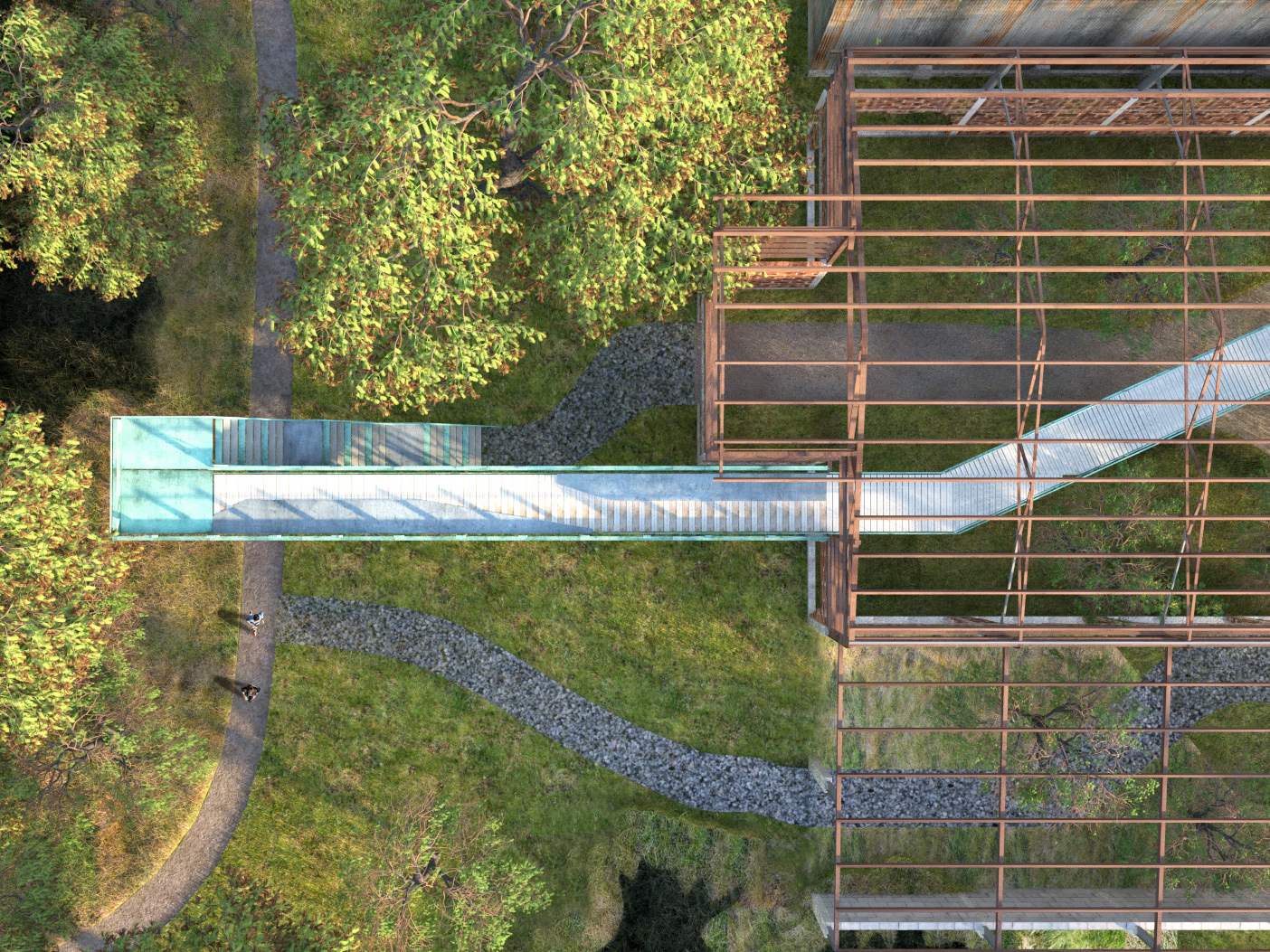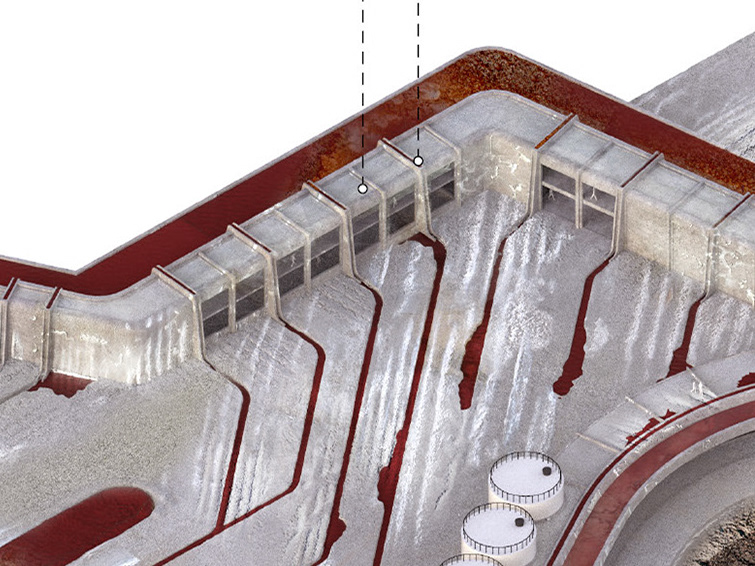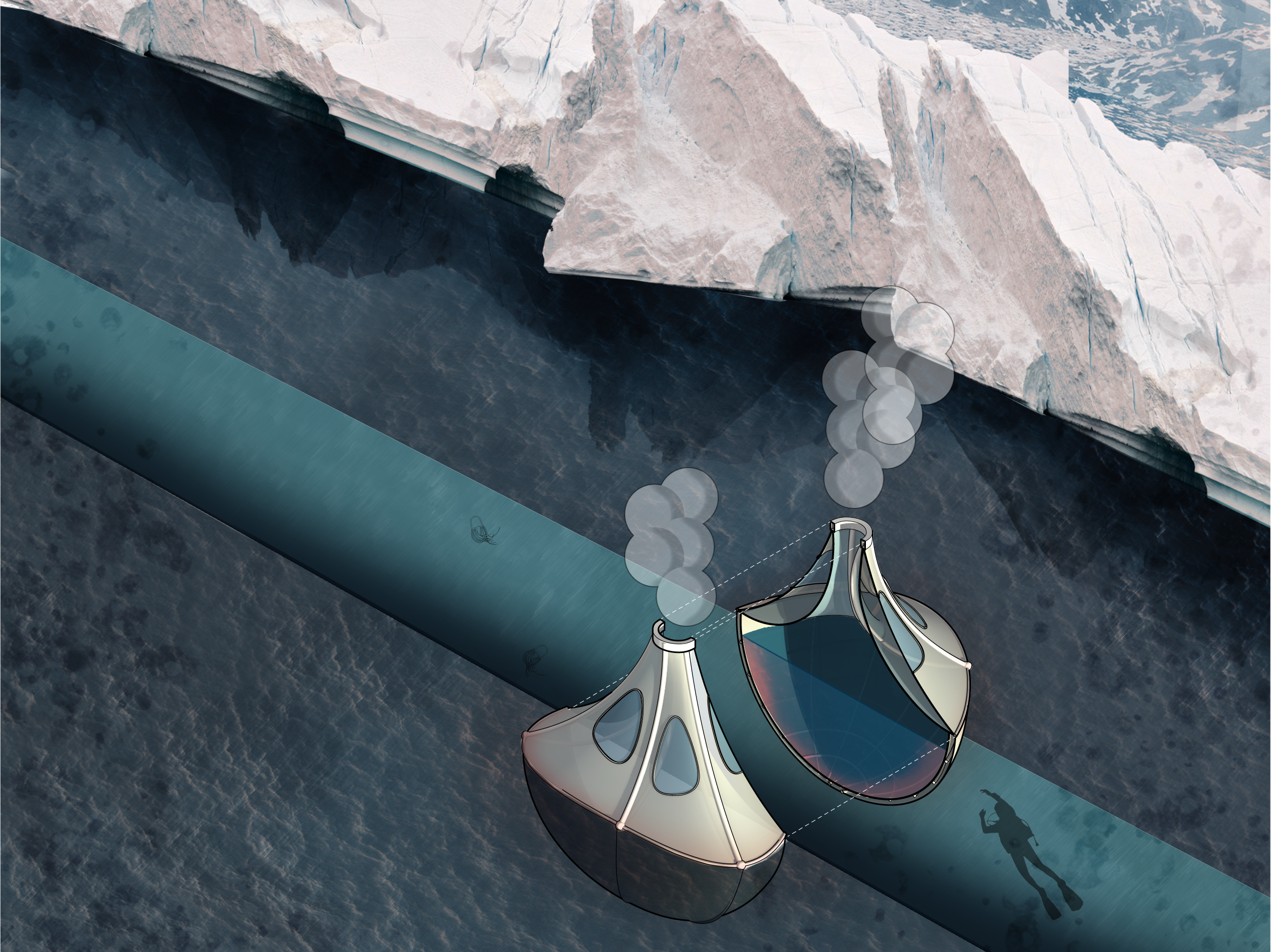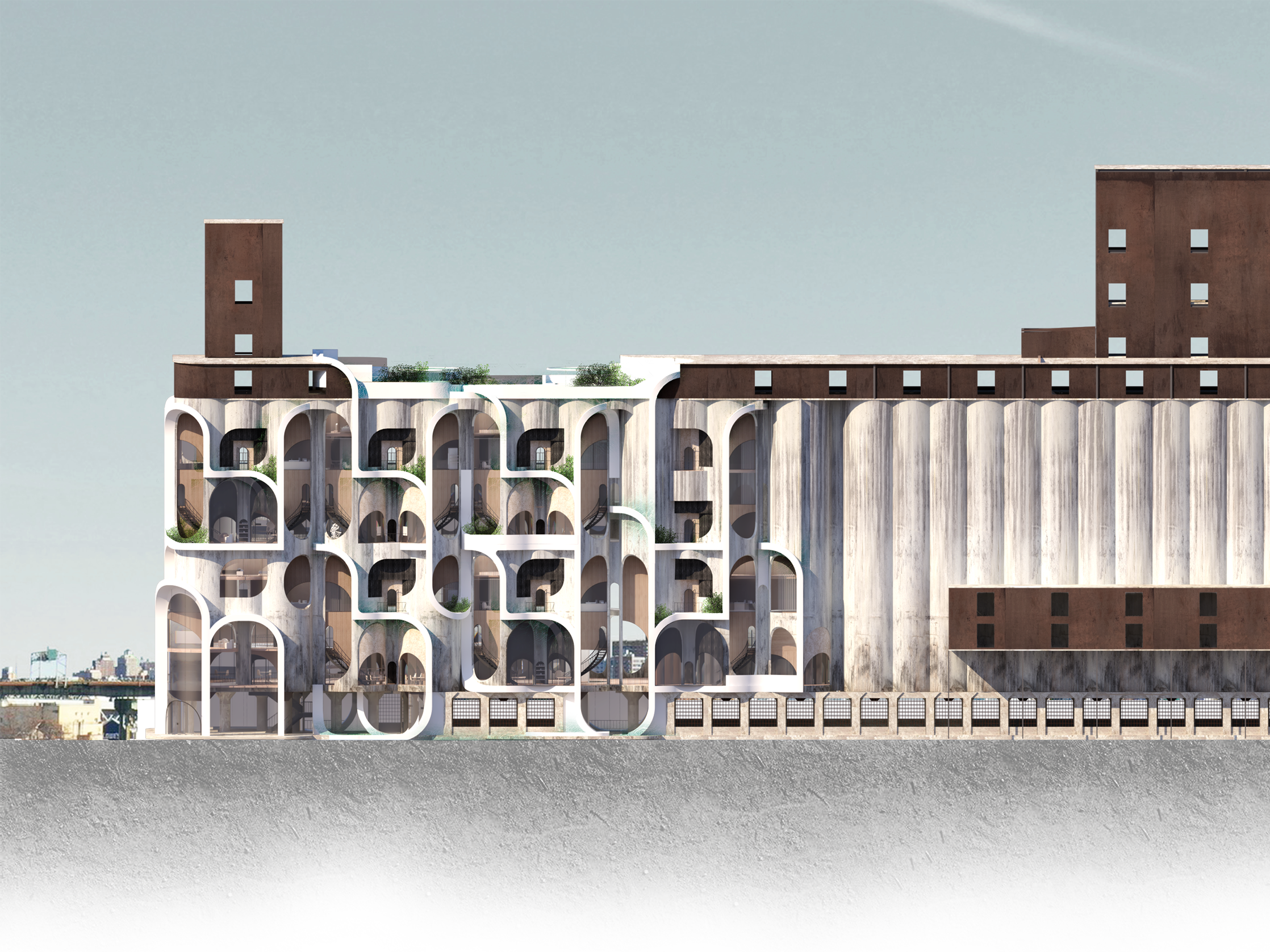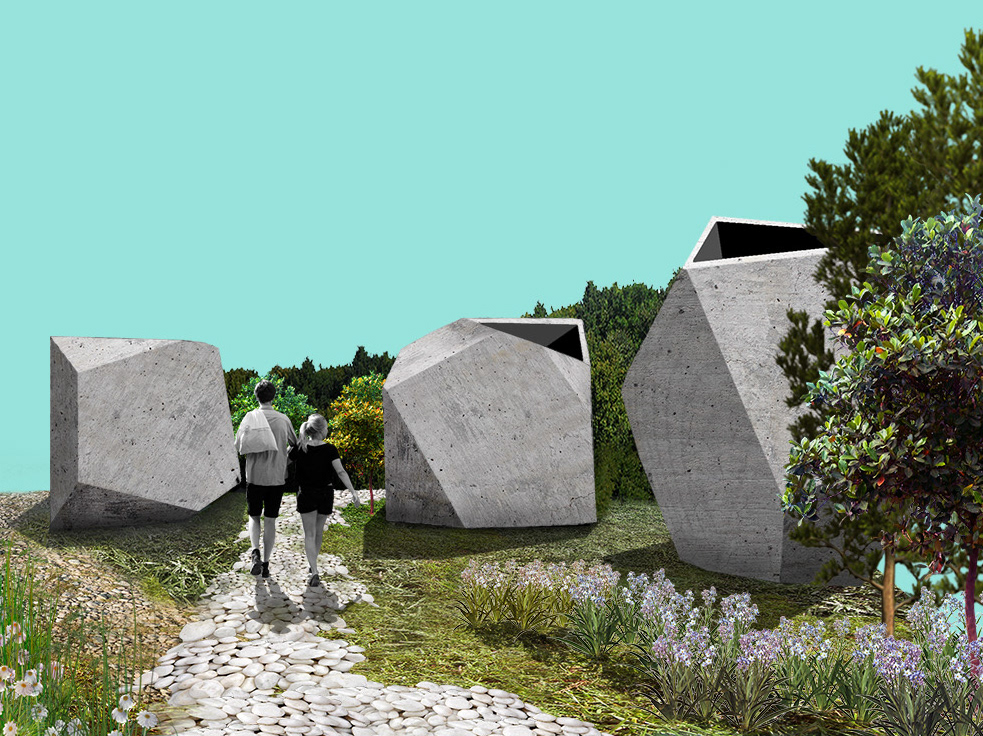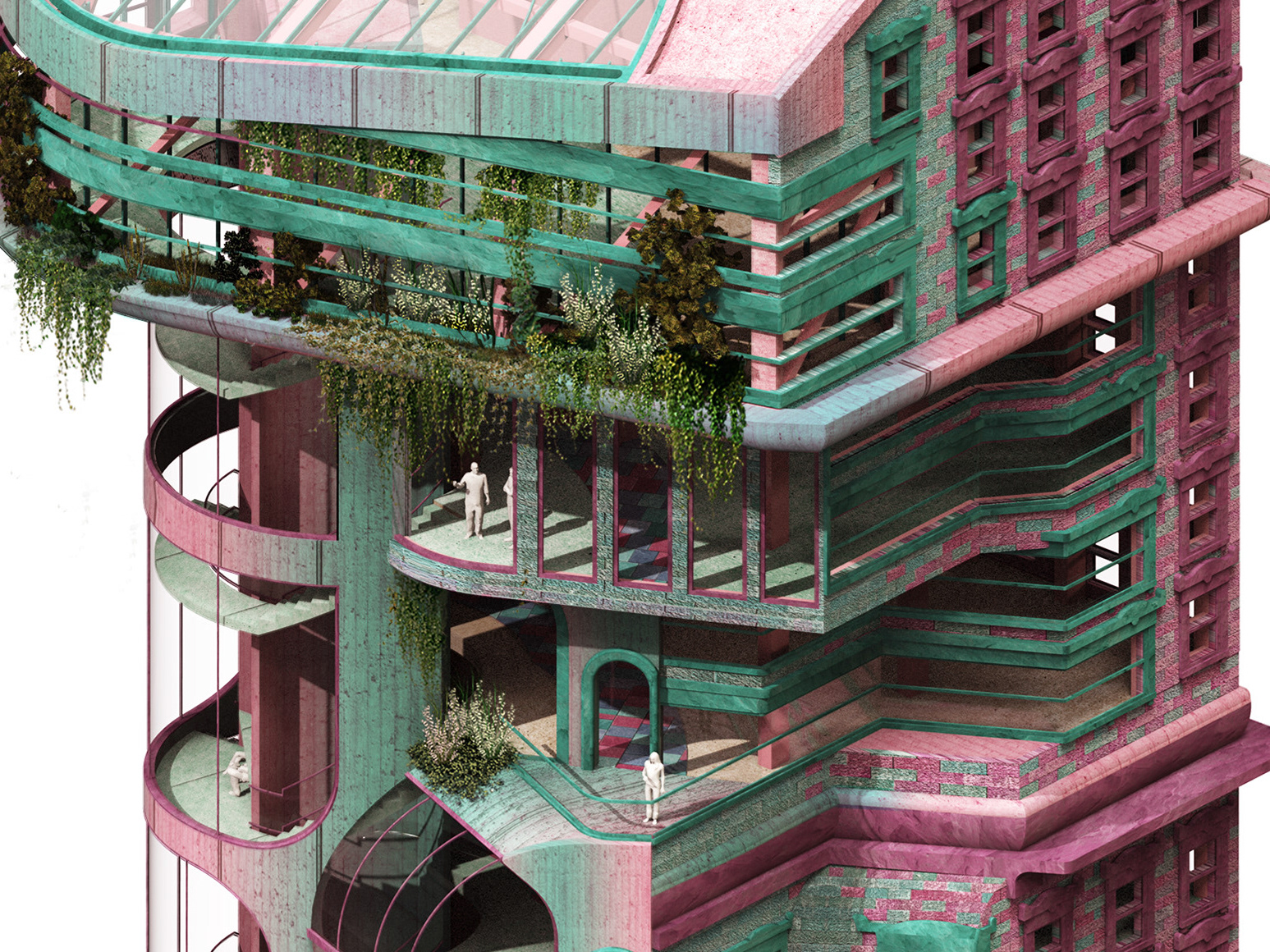501 Design Studio - MArch
Weitzman School of Design - Fall 2018
Critic: Gisela Baurman, TA: John Dai
As we benefit from computational means to generate form and space, how can archive spaces can conceptually benefit from computational technologies and within this integration improve storage management in relation to spatial performance?
Setting a scenario in the near future, this project explores the development of museum archives aligned with the speculation of building infrastructure automation to improve or enhance spatial and collection management. Museum collection storage is a delicate but complex space. It is designed to meet standards of preservation, protection and accessibility; containing, organizing and caring for the collections while they’re in storage. Any decision made in regards of the storage space must always aim to reduce risk of the collection; minimum deterioration, damage, or loss.
Obviating the idea that technology gives us exposure through virtual images, I would rather use technology to distort the spatial connotation of museum collection storage space. In this exploration though, humans still play a crucial role regarding space inhabitation, experiential qualities, program operation, cultural disperse, art protection and handling. Architecture here is used as an attempt to reconfigure the levels of protection of a typical museum storage facility turning them into layers of exposition in the means of provoking cultural empathy toward art and history. The latter being a matter of speculating how exposing the delicacy of archives could reframe cultural values and careless attitudes toward our ancestors. In the end, these are human made objects that we are dealing with, our origins encompassed in objects hidden so why not to speculate on solutions to improve, promote, or surpass this activity.
Obviating the idea that technology gives us exposure through virtual images, I would rather use technology to distort the spatial connotation of museum collection storage space. In this exploration though, humans still play a crucial role regarding space inhabitation, experiential qualities, program operation, cultural disperse, art protection and handling. Architecture here is used as an attempt to reconfigure the levels of protection of a typical museum storage facility turning them into layers of exposition in the means of provoking cultural empathy toward art and history. The latter being a matter of speculating how exposing the delicacy of archives could reframe cultural values and careless attitudes toward our ancestors. In the end, these are human made objects that we are dealing with, our origins encompassed in objects hidden so why not to speculate on solutions to improve, promote, or surpass this activity.
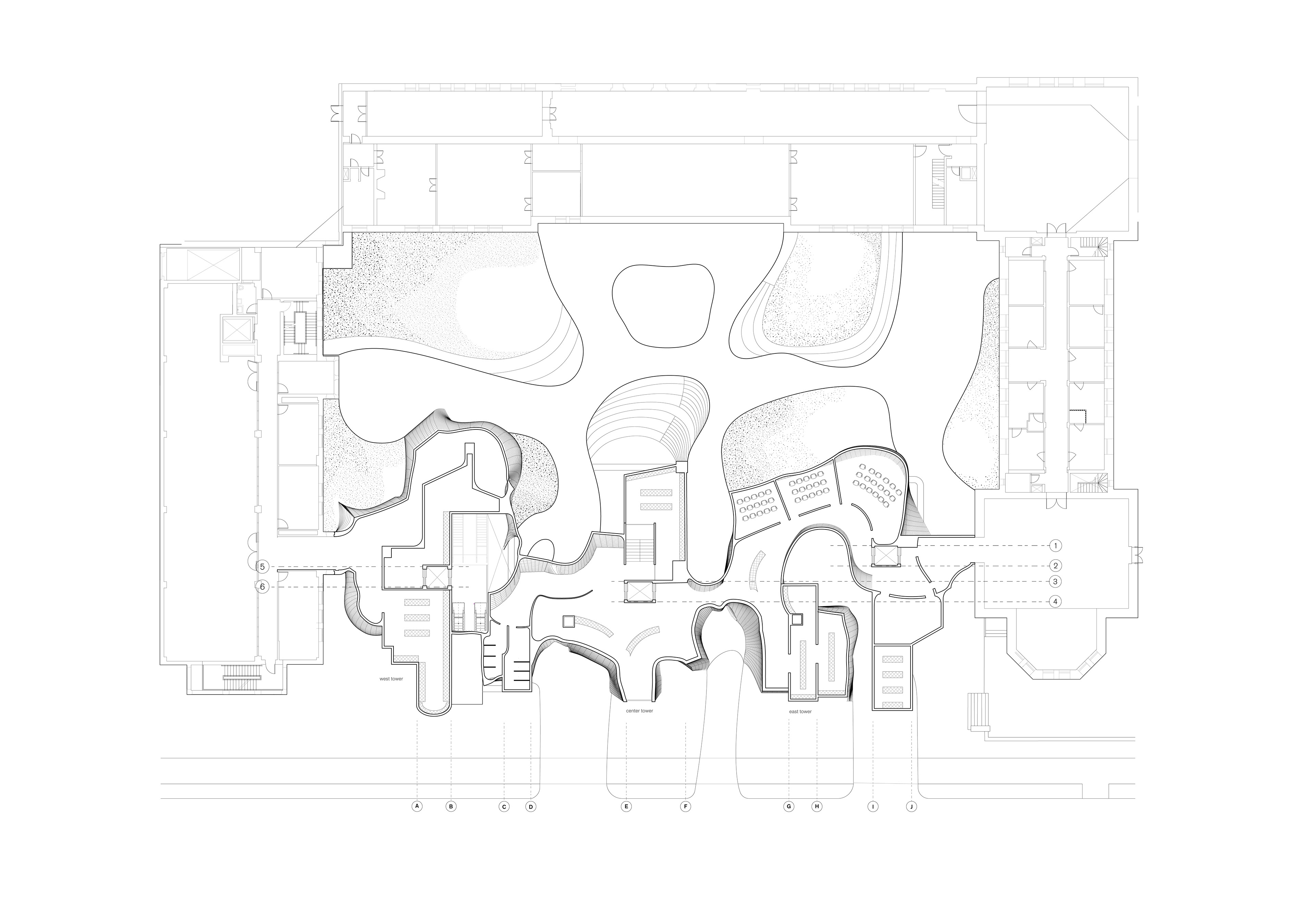
Form Generation Diagrams

